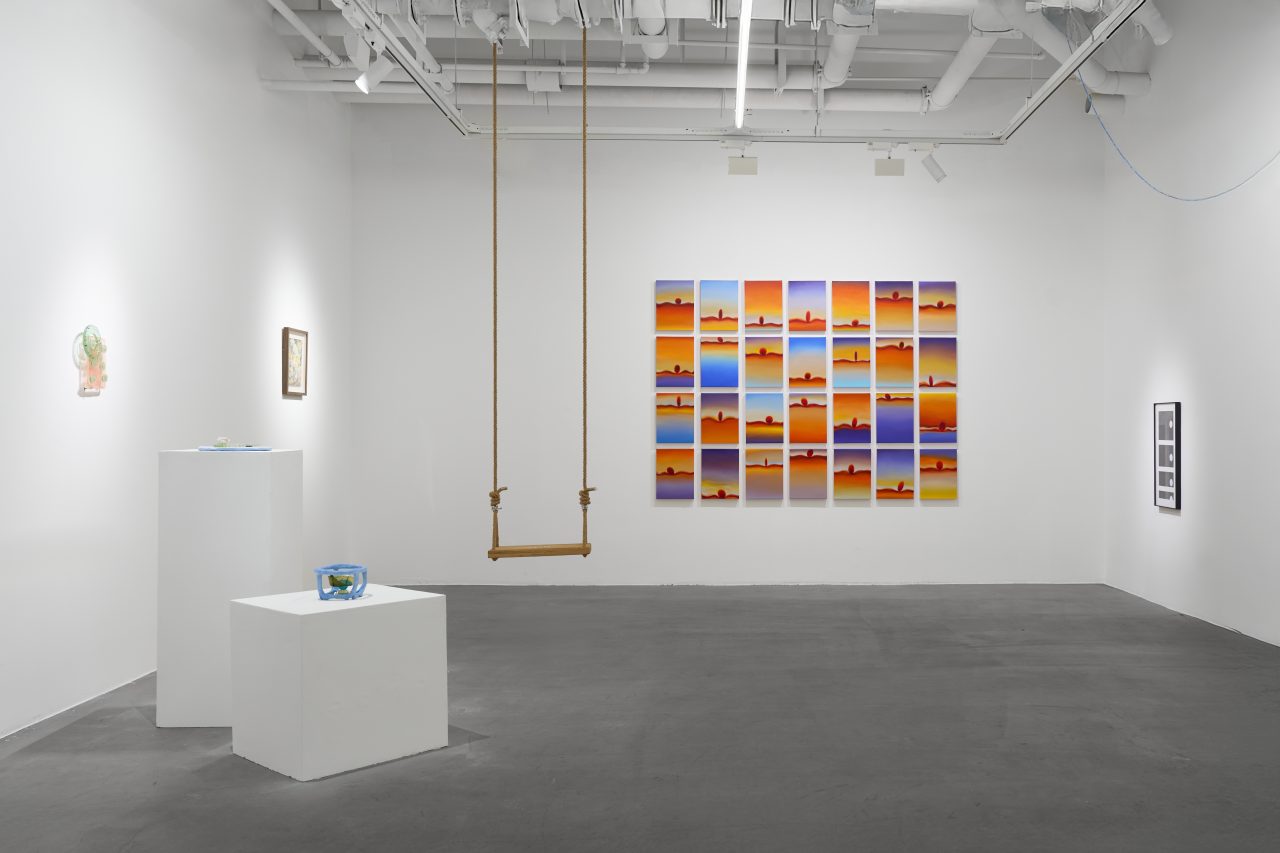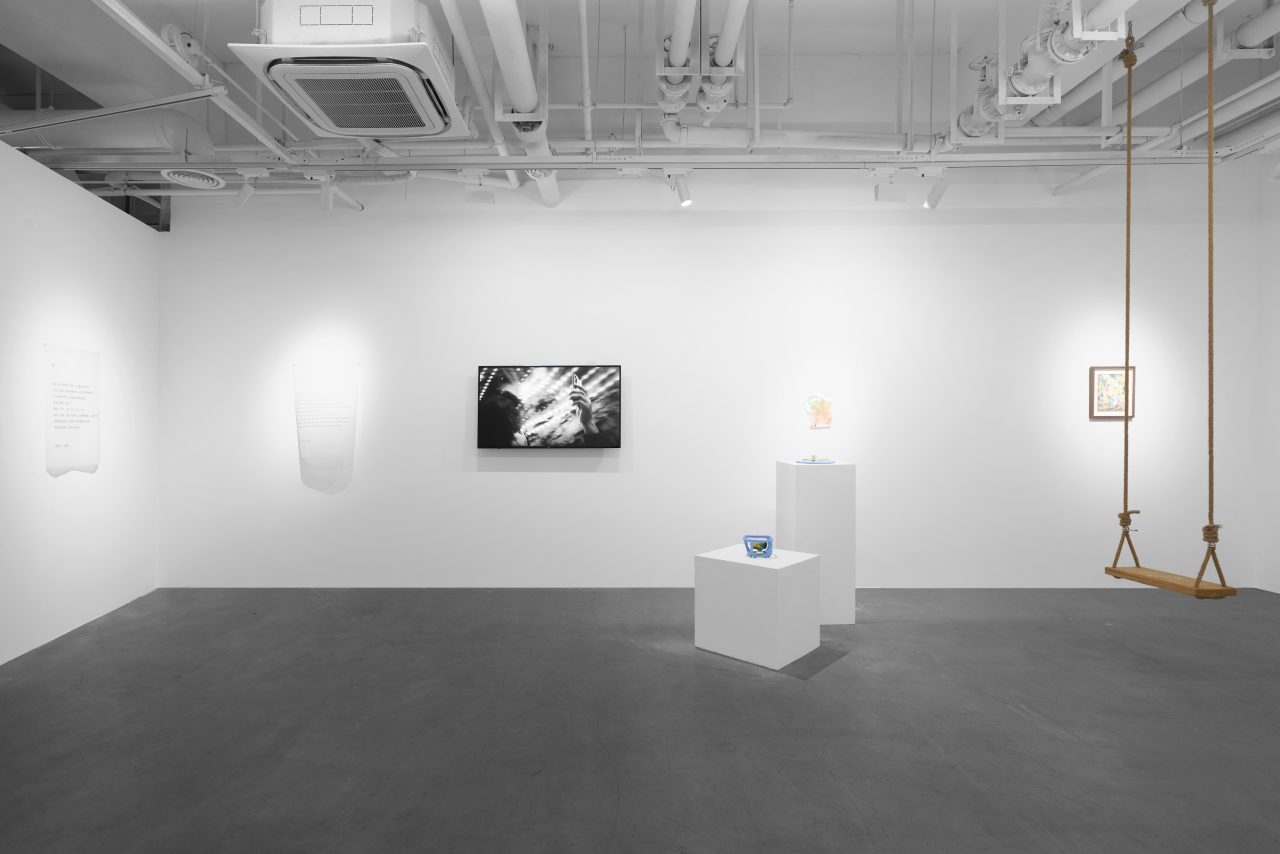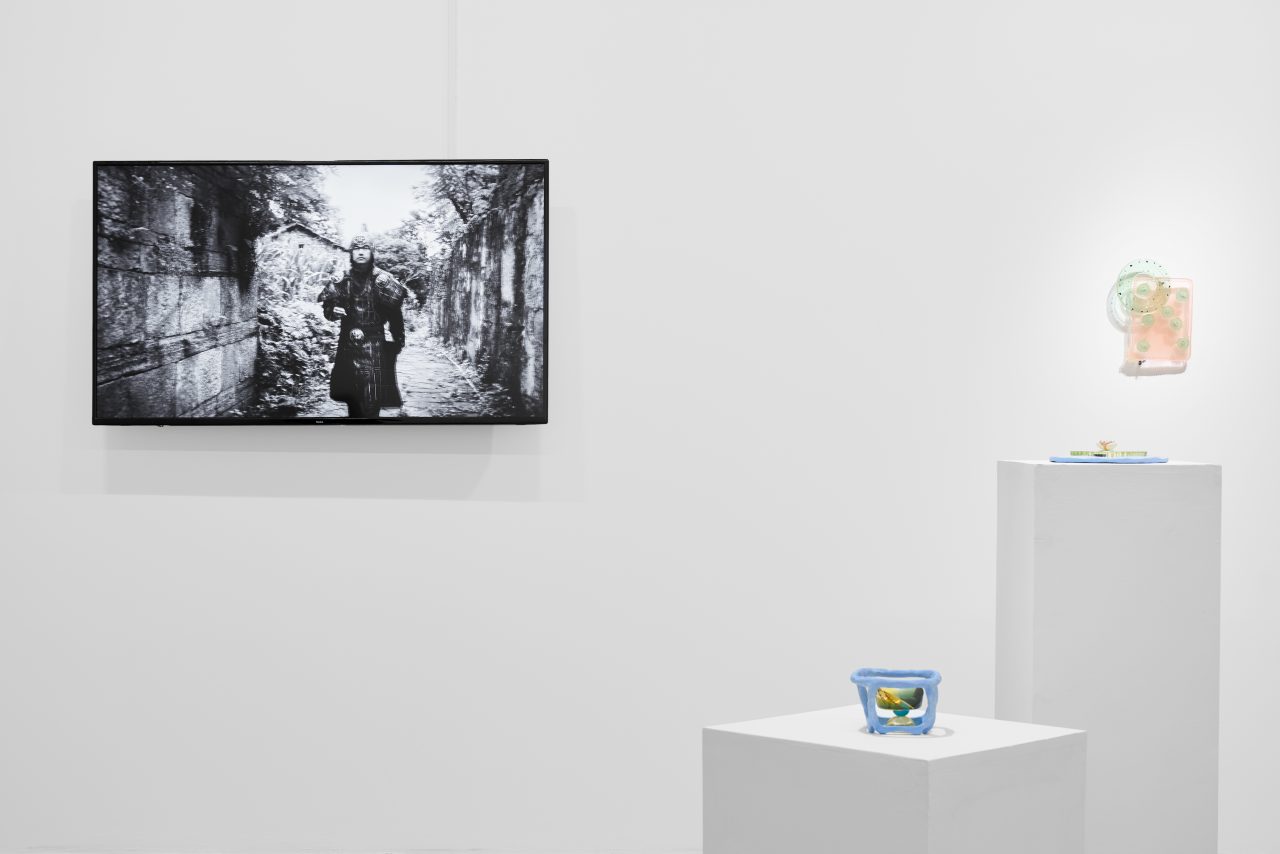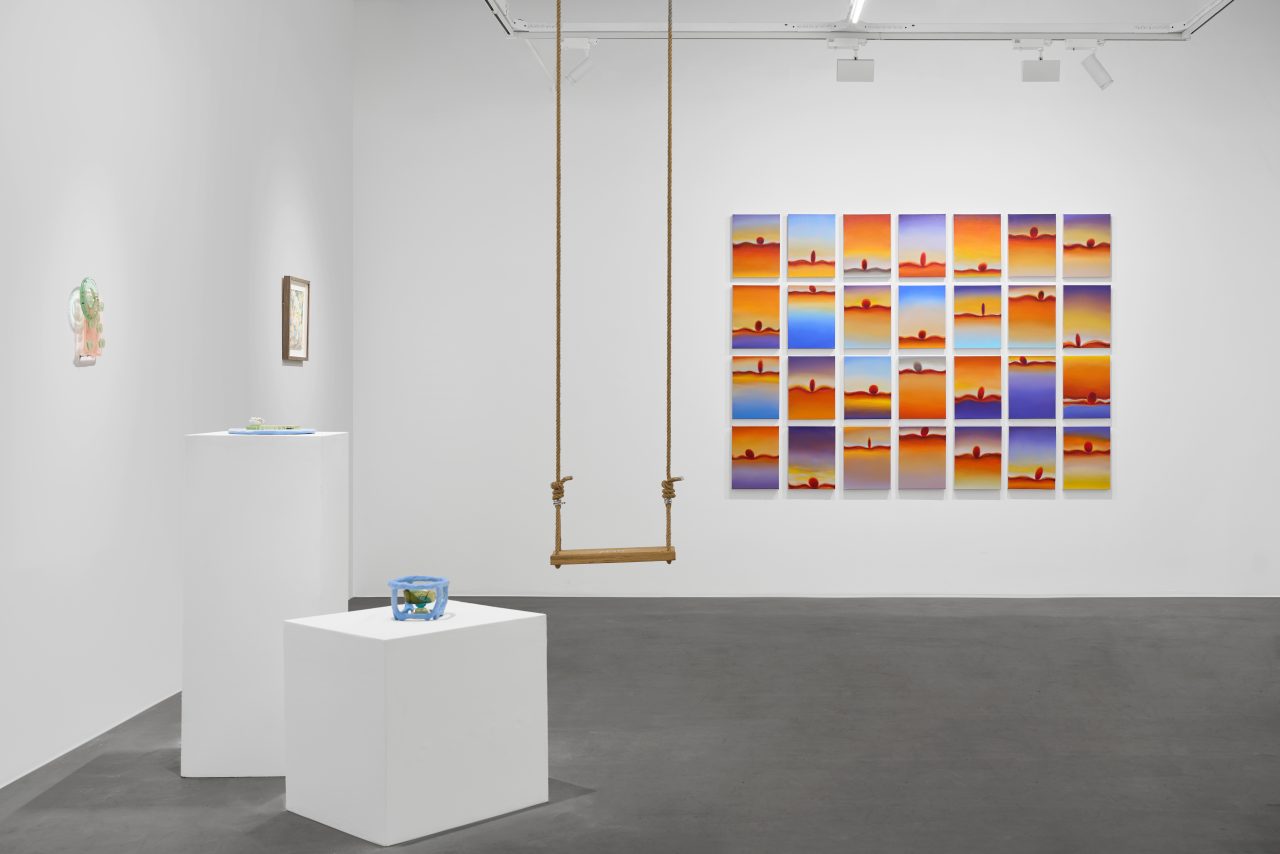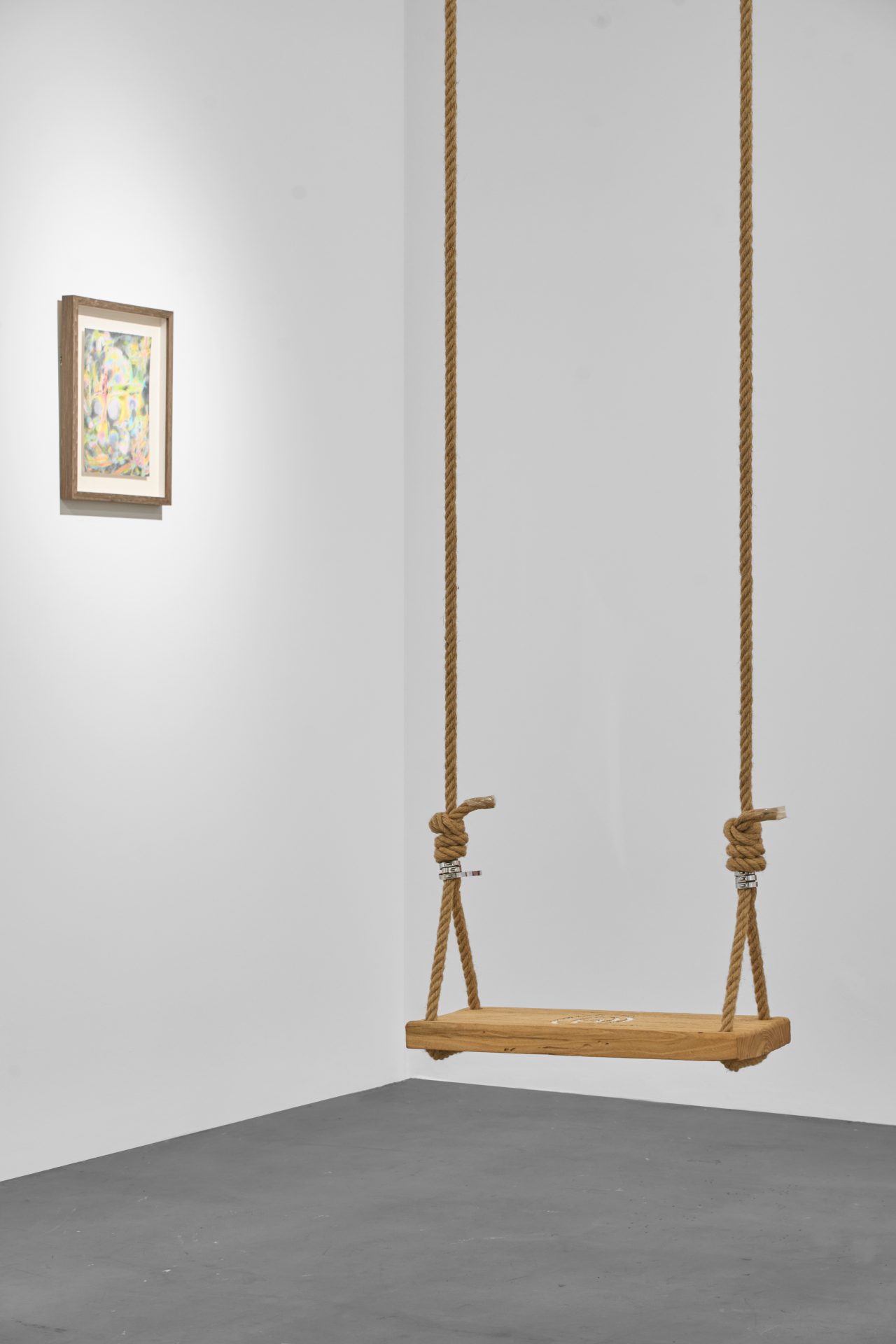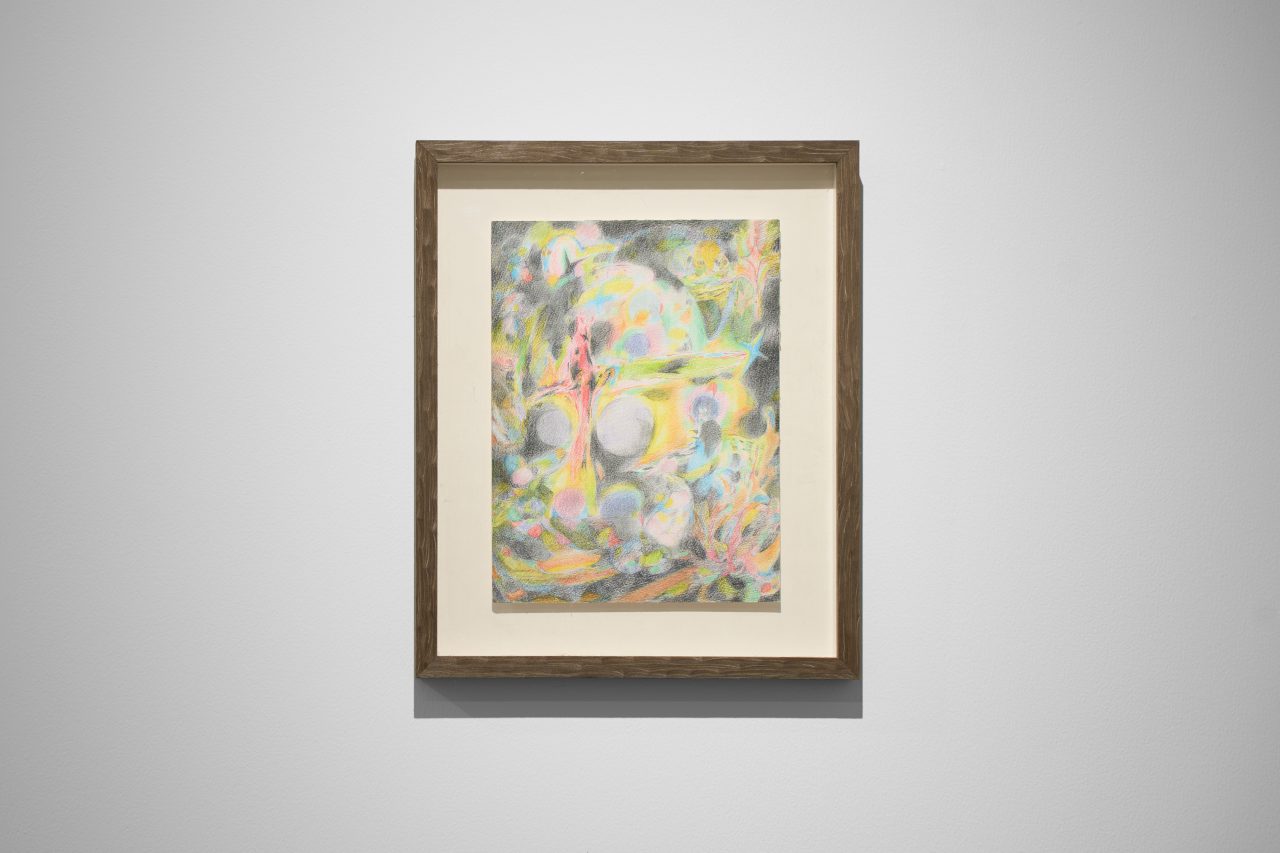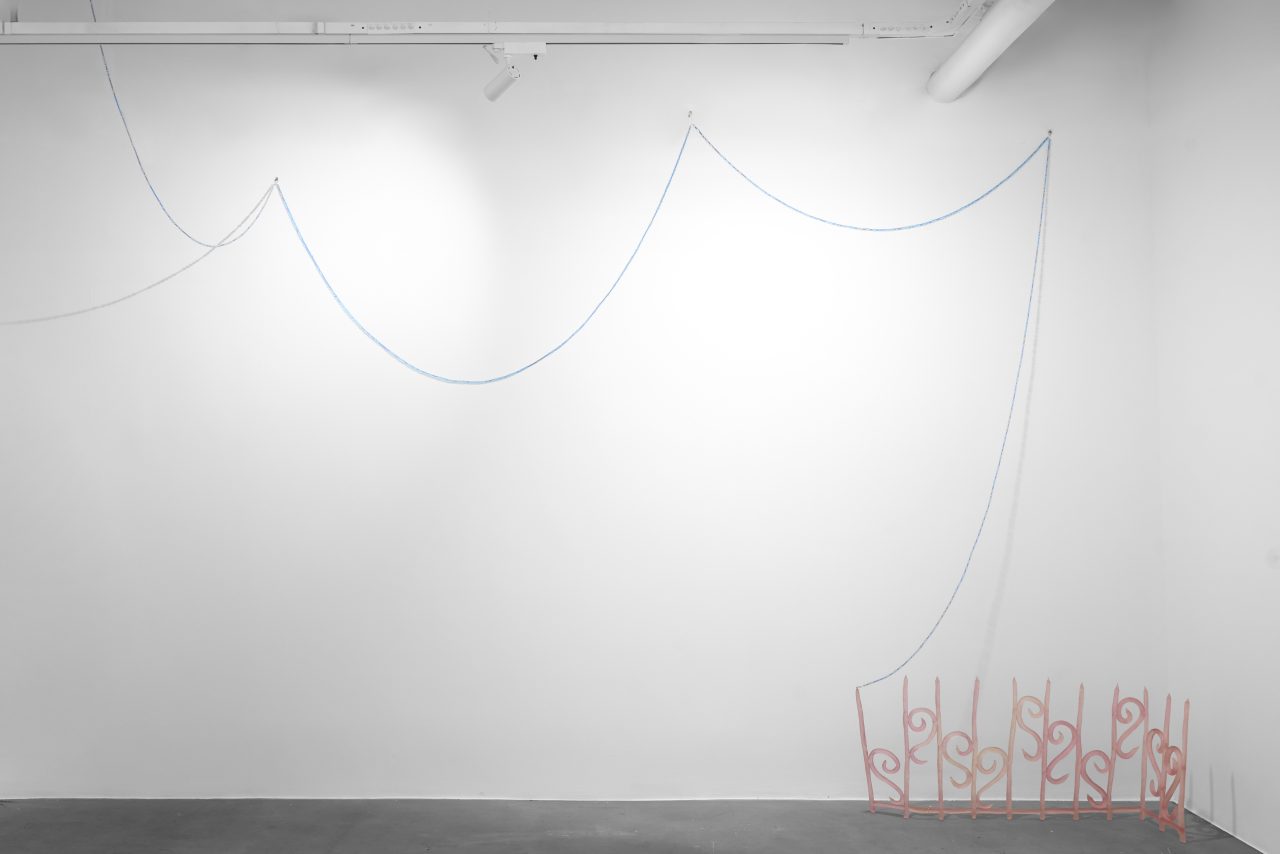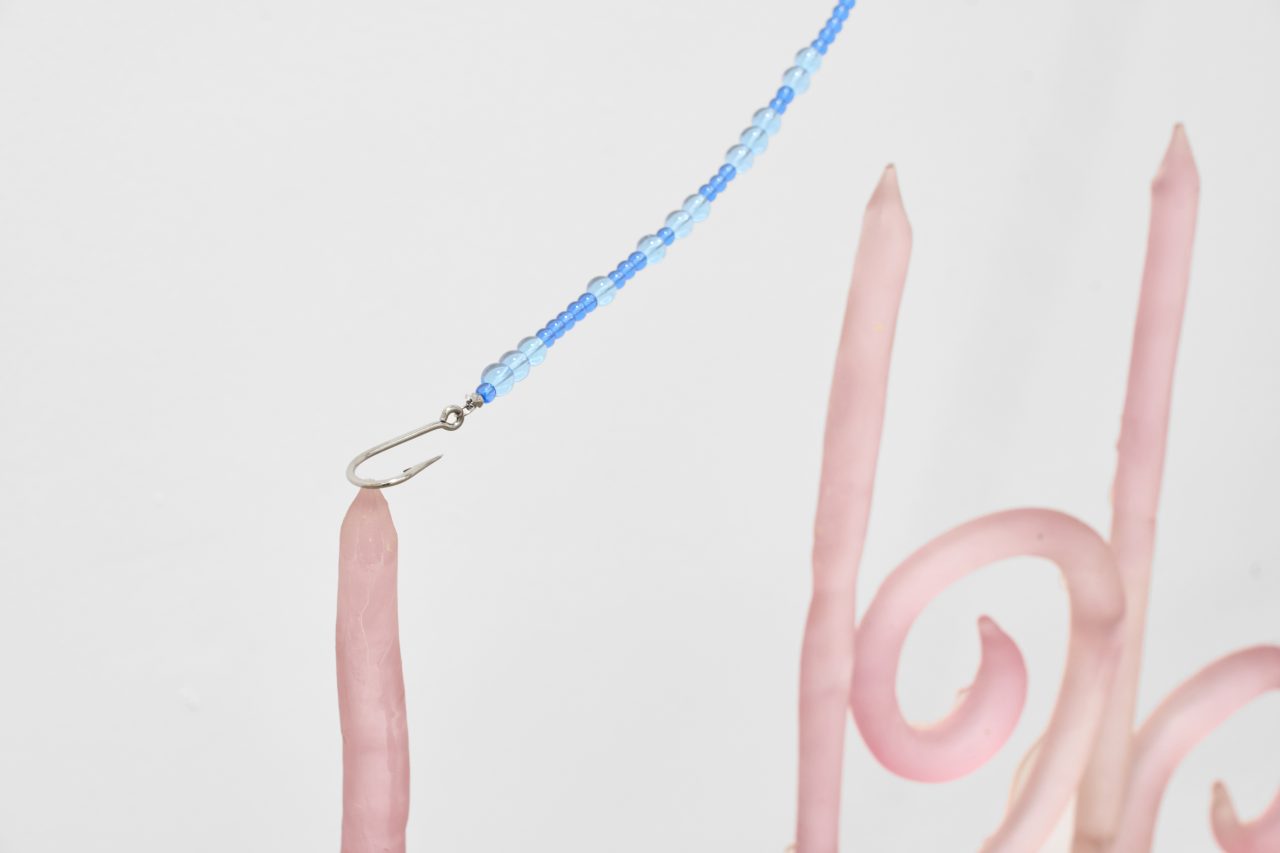Current Exhibition
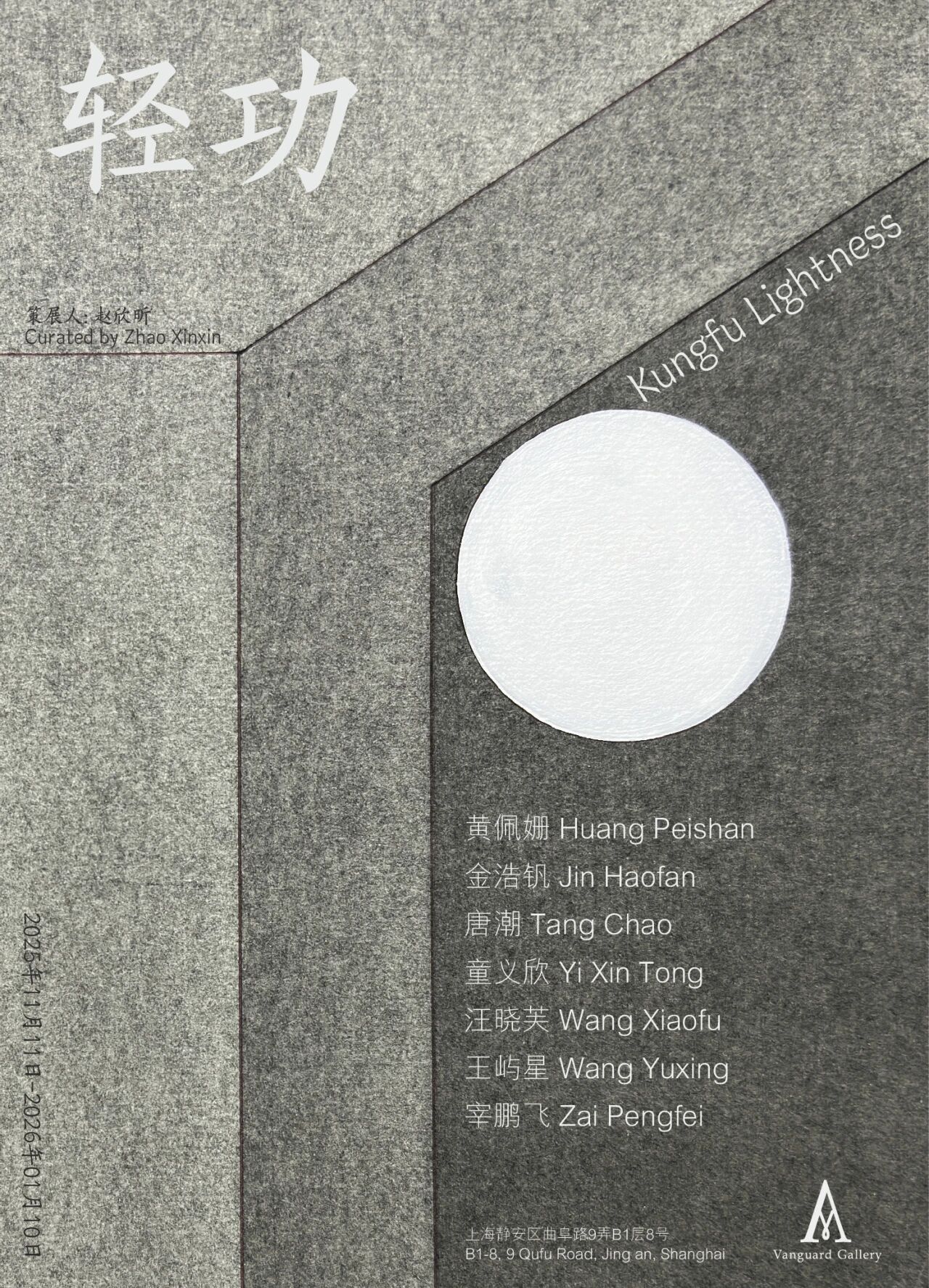
Kungfu Lightness
The art of lightness.
A practice that frees one from gravity.
The skill of lifting as if it were nothing.
Each has its own lightness: people, objects, and landscapes.
Begin with light movements, then seek lightness in motive and form.
Dizziness, bouncing, burning, flying.
Fences, swings, flames, the sun, the stars, death.
Ease, joy, grace. Light materials, translucent hues, short sentences.
If the spirit is light and the flesh is heavy, which is harder to bear?
In thought, the light boat sails past a thousand mountains.
轻功Qinggong, a skill system developed over the long history of Chinese martial arts and culture, is romantically depicted in literature, especially in 武侠wuxia novels (martial arts and chivalric novels). In these stories, this type of martial art is often portrayed as a way to defy gravity—walking on walls, leaving no trace on snow, and gliding across the water. Essentially, Qinggong explores the potential of the body, a state of composure and near-extreme physical limits while flying, running, jumping, balancing, or climbing. In a broader sense, Qinggong also refers to the pursuit of “lightness.” Thus, it provides a valid conceptual and visual quadrant for selecting works for this exhibition.
Jin Haofan’s matrix of the sun twists and contorts as it rises and falls, swaying like a candle flame in the wind, unstable and unpredictable, with many small paintings of the sun. Wang Yuxing’s swing,with snow falling on it, seems sealed by a natural symbol, waiting to be activated while in a state of stillness. Meanwhile, the flames in Wang Xiaofu’s painting appear to be burning while crystallizing, responding to the unclear future with more defined facets. Huang Peishan’s strings of pearls and fences twist, link, and entangle in the space, creating subtle networks of tension. Zai Pengfei uses delicate strokes to ease the dizziness caused by the speed of reality, depicting a displaced order with a delayed effect. Tong Yixin creates a series of prehistoric souvenirs or future relics, overflowing with dopamine, made from clay and resin. Tang Chao’s narrative style is as light and loose as ever, and despite the death of a sparrow and the heavy Bouyei headpiece, he never loses sight of the posture of flight.
These works explore spatial or conceptual balance in their own paths, the transformation between heaviness and lightness, and the competition between extremes and control. They give Qinggong new dimensions and represent different martial arts schools in the world of wuxia.
Written by: Zhao Xinxin
Installation View
Artworks
,2024.jpeg)
TANG Chao
Birds Fly into the Forest
13'18"|2024
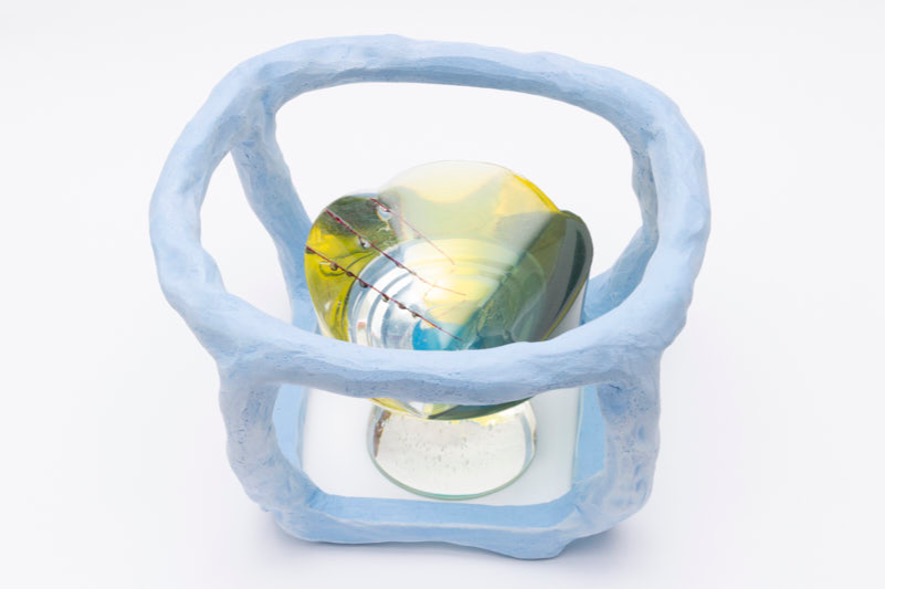
Yi Xin TONG
Petrified Seas: Celestial Body No Problem III
18 x 18 x 15 cm|2021

Yi Xin TONG
Petrified Seas: Celestial Body No Problem I
22.5 x 30 x 2.5 cm|2021

JIN Haofan
Islands 1-28
40 × 30 cm * 28
2025

WANG Xiaofu
Things Bubble from Flame
32 x 24 cm|2021

WANG Yuxing
Slowly Rising, Slowly Melting
Dimensions variable|2023
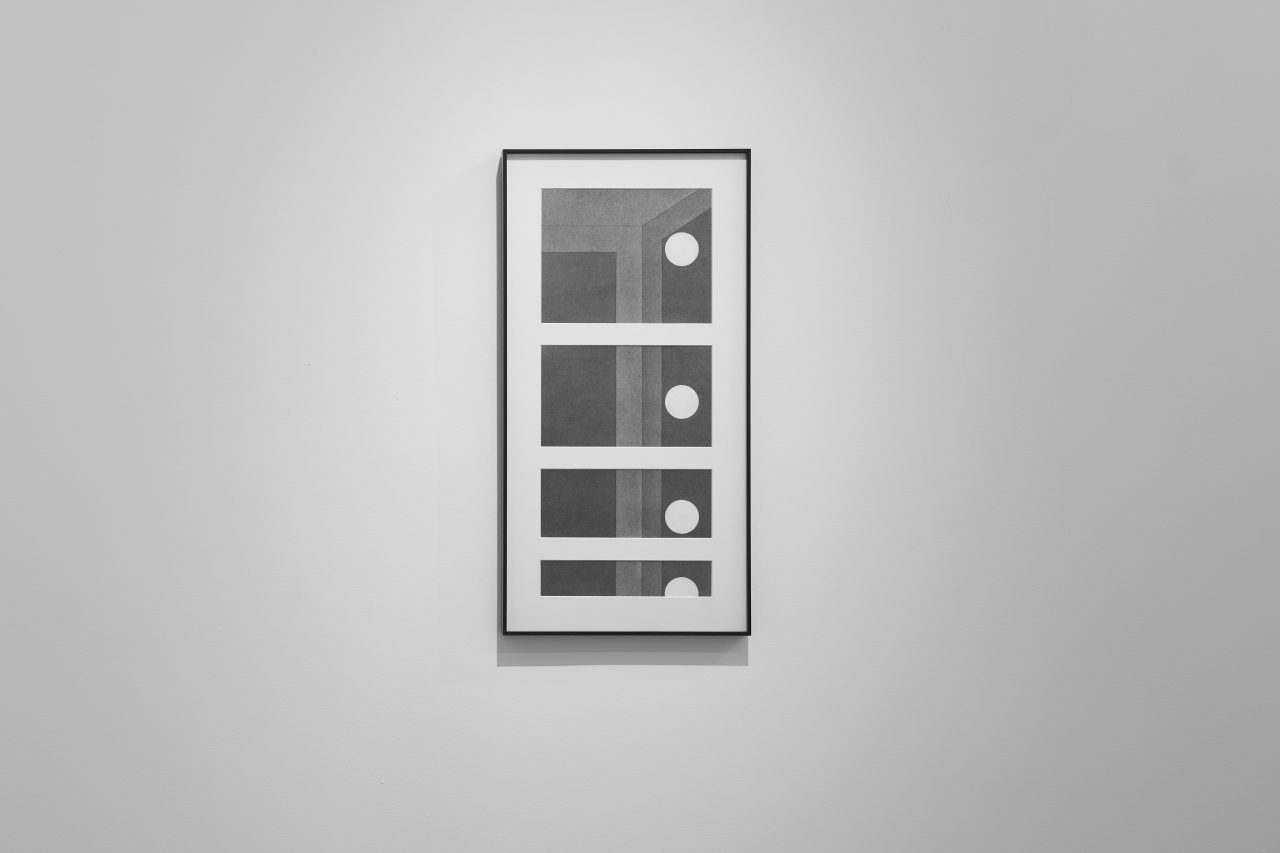
ZAI Pengfei
Motion Sickness Medicine 30.7
21 × 27 cm/16 × 27 cm/11 × 27 cm/6 × 27 cm|2023


